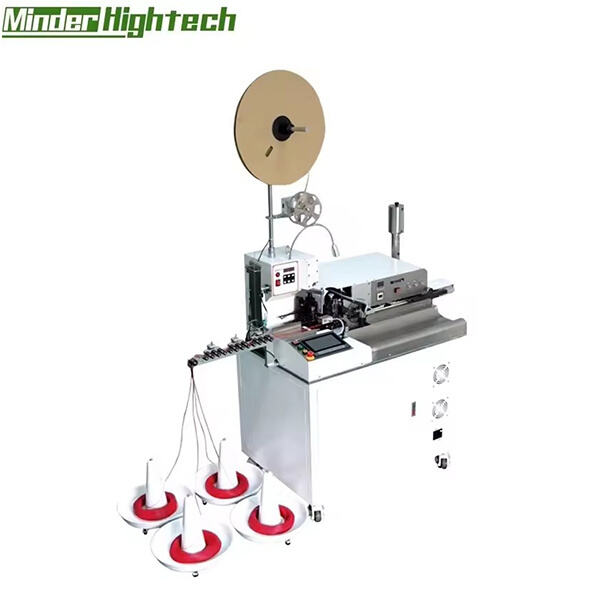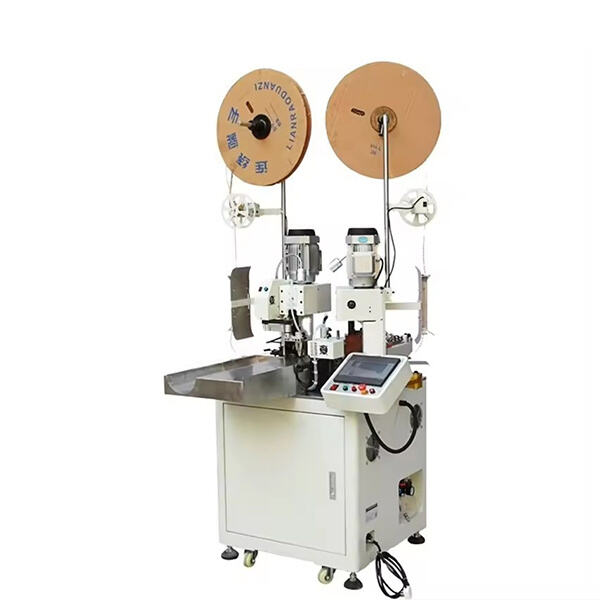What is Wire Termination? In electrical job, it is very important to keep the wires safe which helps in freer flow of electricity. And, if we do all of those things well enough, with wires connected where they need to be and otherwise nothing short-circuiting in the system… sleigh bells ring! There are many ways to attach wires and the method you use will be determined by what it is your using them for, but in general just about every time you connect two lengths of wire together they must first exhibit some metallic characterization. That is why it is extremely important to choose the correct way in which you are going to connect them together.
There are few considerations that you have to keep in mind while selecting the way of connecting wires. Exercise 1: Wire SizesFirst, the sizes of wire you are working with. Wires of different sizes will carry charge also at varying levels. Then, consider how much electricity needs to be transmitted over the wires. If these wires will carry lots of electrical current, you'll want a good connection. Also keep in mind the application of use for the wires. For instance, you are working indoors and your conditions will be different from the work that was done outside.
For example: if you only have little wires that do some light current carrying, so fine coil them and add tape. This approach is simple and suitable for low-voltage applications. On the other hand, if you are working with thicker wires that handle a fair amount of electricity then it is better to go for adhesion like crimping or soldering. These methods lead to relay a secure connection that can carry electricity up-to higher levels securely.
Crimping connectors are one of the most common types used to connect wires. This is a strong method and unlike the soldering these connectors are crimped to make contact so it will never come off easily when taking apart. The correct way of crimping connectors requires a special tool known as the Crimper. It helps you to pressure the connector and wire so that it should be well-seated influencing a sturdy connection.

MUST ensure that the wire is fully inserted into the connector when using a crimping tool; The wire may not fit properly and will be rather loose. Also do not press the crimping tool unjustifiably hard; apply force carefully. If you do not squeeze hard enough the connection will be loose and it can break apart. Conversely, if you do misestimate and squeeze too hard, not only could actually break the piece of wire entirely (not good!) but at worst cause structural damage to the connector which will result in an even BIGGER need for a fix!

Method of Connecting Wires: The approach you take to connect your wires depends on a few factors. Consider how much electricity flows through the wires and what they will be used for. You also must decide how secure you want the bond to be. Twisting small wires that carry a tiny amount of electricity and using electrical tape could do the trick. Easy way, It works great for small Projects.

In second place, wherever possible, use a crimping tool when you are using this type of joining accessory — do not be tempted to get Mortimer Crimper on the job with pliers or wire cutters. It's the right tool for the job, then you'll make a solid connection and neither wire nor connector will be wrecked. Since pliers are likely to create an unequal reaction, it could potentially result in a very poor connection.
Copyright © Guangzhou Minder-Hightech Co.,Ltd. All Rights Reserved